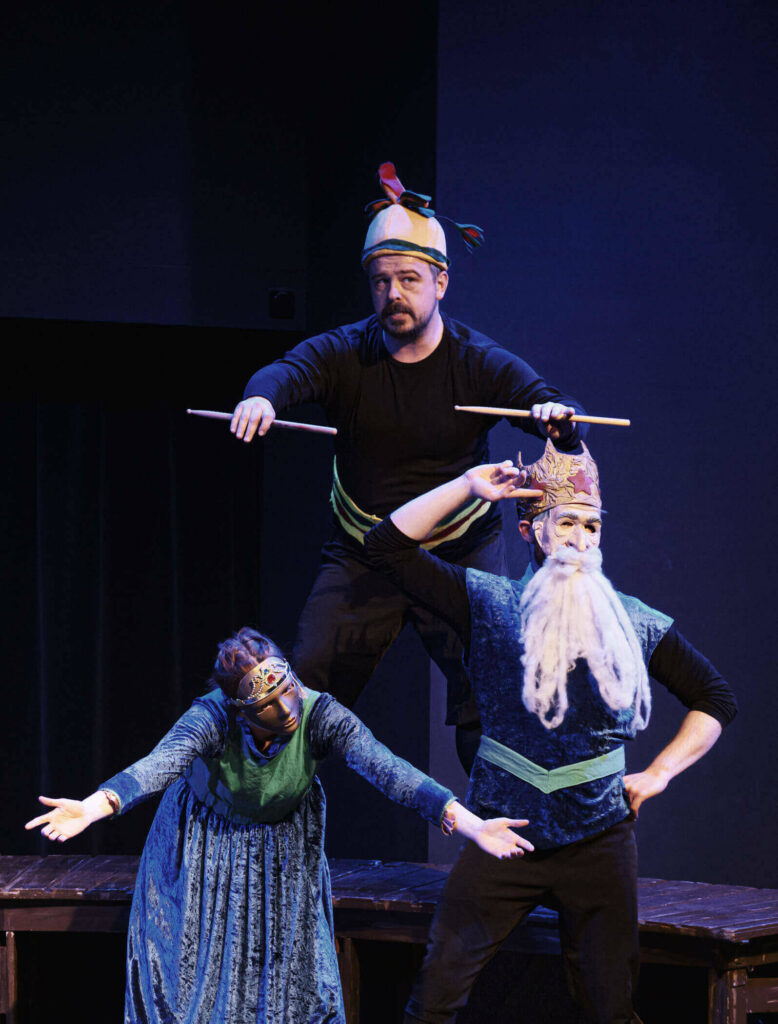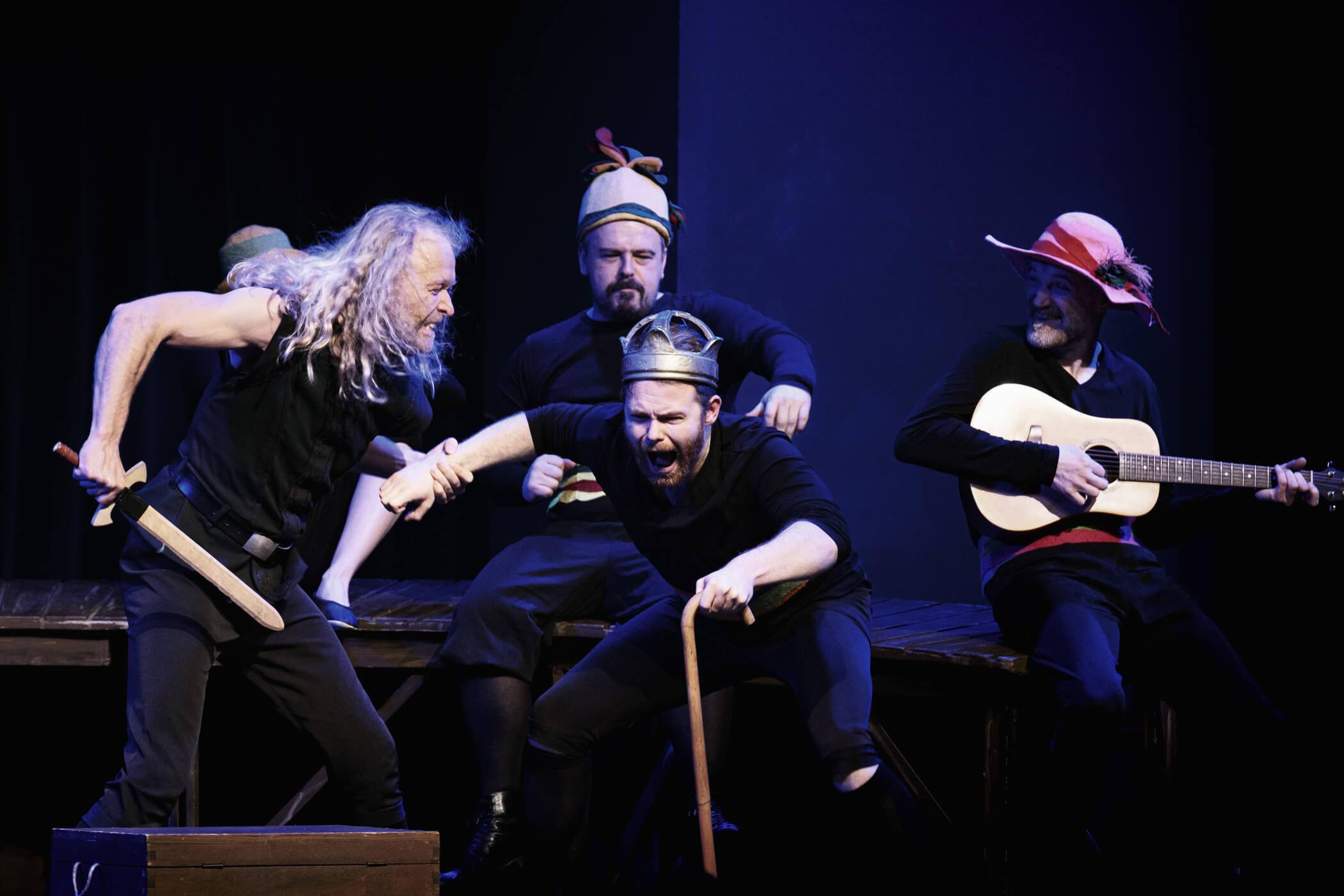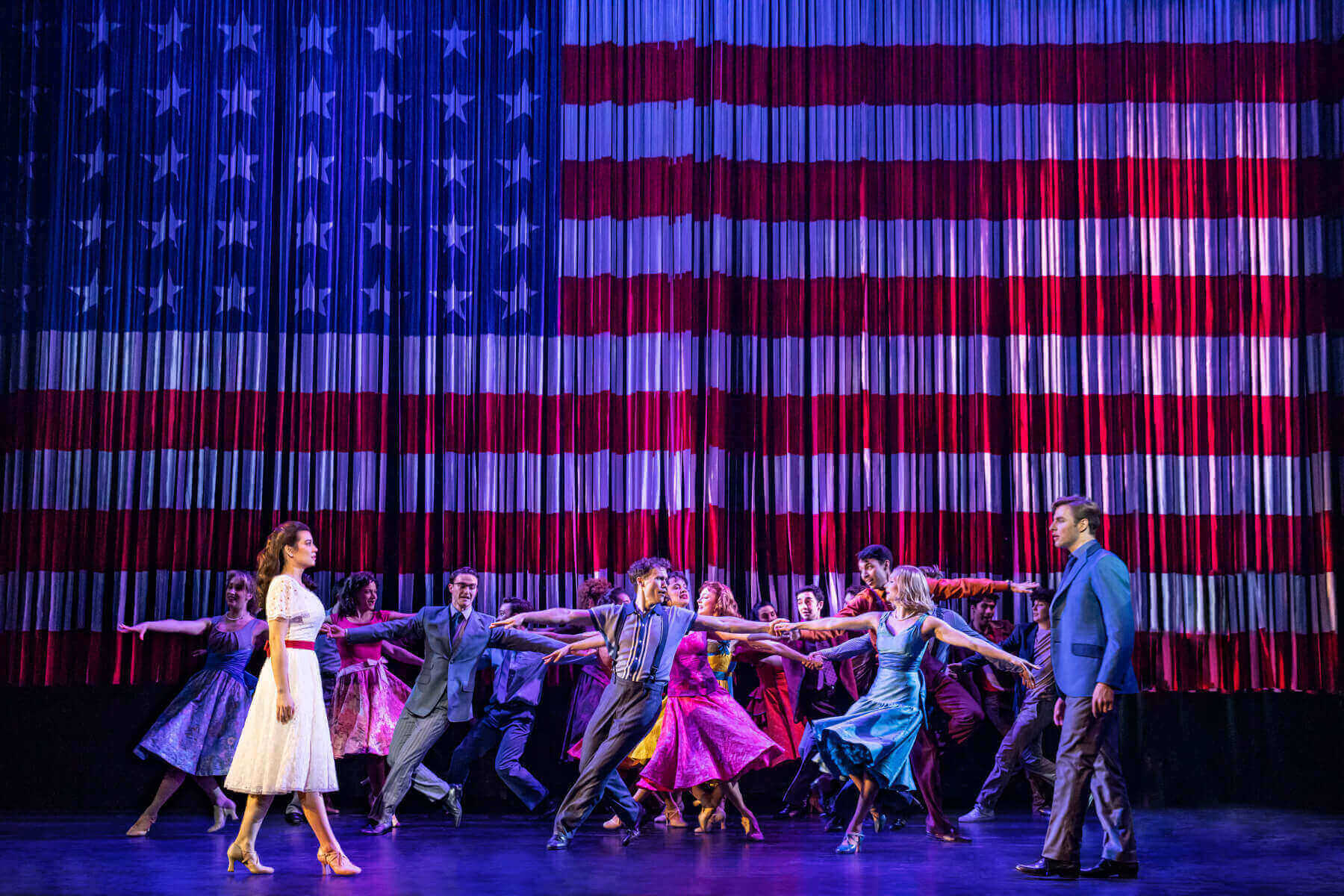To laugh or not to laugh, that is the question.
The works of Shakespeare top many reading lists for teenage students around the world, making it quite difficult to avoid reading one of the playwright’s most famous tragedies, Hamlet. But even if there are individuals out there who did manage to dodge reading the play, as it is no easy read, they are perhaps still familiar with the famous line “To be, or not to be, that is the question.”
Thus, Hamlet has managed to immortalize itself in the minds of millions, if not billions, due to its many famous lines as well as the plot itself. At its core, the play follows the actions of the Prince of Denmark as he mourns the loss of his father, tries to seek revenge for his father’s death and eventually goes mad in the process—or did he? Left open with much to debate, Hamlet ends leaving readers with many questions to ponder.
The American Drama Group Europe’s (ADGE) production of the Shakespearean tragedy allowed young and old alike to dive into the maddening world of Hamlet, but with an added layer of laughter, which seems to be the signature of the director Paul Stebbings. Having also directed A Christmas Carol recently, the director appears to have an affinity for amusement in his productions, allowing the audience to digest such classics as Hamlet with a healthy slice of humor that might not be as accessible otherwise.
Staged at the Amerikahaus in Munich, Germany, the 307-seat house was fully packed, with a majority of teenagers in attendance. With its many English plays being staged at Amerikahaus, such a venue provides students the ability to see the plays they read in class, as well as get first-hand experience in English.
Forming a half circle on the stage, the set was sparse but practical in design. A raised platform in the shape of a half-circle took center stage allowing it to be used not only as a pathway for the actors but also as a divider and backdrop for other scenes. In addition, instruments such as a drum and cymbal were placed in a back corner informing the audience of added sound effects.
The cast was also sparse with a total of only seven actors. As such, many actors played multiple roles and took turns in creating the sound effects and singing the songs that accompanied the scenes.
By adding the additional layer of music written by Thomas Johnson, the somber mood of the play was immediately set from the beginning. When the ghost of the deceased King of Denmark first appeared to the guards in the opening scene, the added touch of a cymbal roll and eerie singing assisted greatly in casting the audience into a supernatural setting.
This eerie atmosphere continued once Hamlet first saw the ghost for himself and went down the path of madness. Dan Wilder, the actor who played Hamlet, did an impressive job with acting “mad” by leaving the audience guessing as to what he would do next. For instance, in the famous scene where he tells Ophelia to “Get thee to a nunnery,” the actor added sexual gestures such as humping each time he repeated the saying, which stirred the audience quite a bit. In addition, there was one scene where Hamlet was reading a book and the actor went into the audience, stood on an empty chair and shook the book pages over an attendee’s head resulting in quite a few chuckles from the audience. I found that quite unexpected, but it definitely added to the humor aspect of the play. I learned afterwards when talking with the actor, that one of the reasons he loves playing Hamlet is the freedom he has to set the madness of the character. He even changes what he does from performance to performance. So from an audiences’ perspective you could see the production multiple times and it would always be different to how Hamlet would be performed.
Nevertheless, the actor that stole the show was Glyn Connop, who played the role of Polonius. The actor’s overacting style, use of gestures and great one-liners really added to that hilarious signature of the play. But that wasn’t unexpected considering his diversity as an actor, as he played Napoleon pig in the ADGE’s production of Animal Farm back in November.

Additional highlights included the clever inclusion of life-sized puppets performed by the actors in the scene of the play within a play. Furthermore, the costumes added their own touch, especially the ingenious way of using a blue satin sheet draped over Ophelia as she walked across the stage to symbolize her death from drowning.
Over the course of 90 minutes, the play left a good impression on the audience. One audience member, who is an English teacher and has read the play, stated “the overall humor and gestures along with the choreography of the sword fight between Laertes and Hamlet at the end really made it a great performance.” By adding those additional details of laughter and funny gestures that Shakespeare might not have envisioned for his play since he wrote it around 1599/1601, viewers could better connect and enjoy what otherwise is a “maddening” and somewhat depressing story considering that (SPOILER ALERT) almost everyone dies in the end.
Of course, a tragedy would not be complete without such a dramatic scene. However, it does get one to question if all of the characters were mad after all. But thanks to the humorous style of the director, the audience could walk away with a smile on their face.
Hamlet is on tour through mid-March 2023 in Germany and Switzerland.



